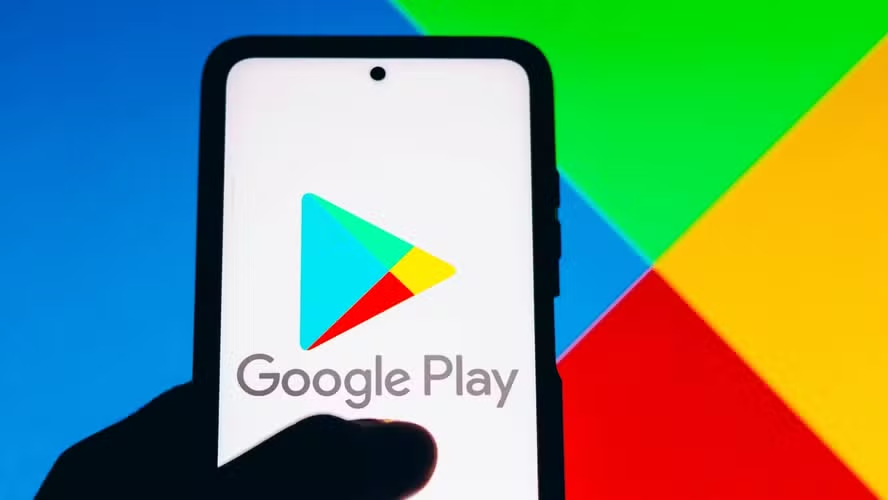
The acquisition of a digital card in the Angolan market is now costing 45,4% and 71,4% above the average exchange rate in the Angolan market. National Bank of Angola (BNA), revealed a report from Jornal Expansão.
According to that newspaper, to “create” one of these cards they charge between Kz7,000 and Kz10,000, as well as a high spread for operations. In other words, the exchange rate is even higher than what kinguilas charge. Just to give you an idea, in recent weeks the exchange rate practiced by these “facilitators” was Kz1,200 per dollar and 1,500 per euro.
In an interview, Fábio, 24 years old and who purchases through the Swappie and Back Market platforms, cell phones and computers from the United States of America and Portugal to resell in Angola, said that he was forced to stop his activity due to several factors, but the main one was the currency devaluation and the increase in the cost of living.
"Currently, few people are interested or even have, but do not have enough purchasing power to purchase certain products. For example, a cell phone that sold for around Kz500,000, today costs around Kz700,000“, where to make the purchase, he used international cards such as Visa, Mastercard and PayPal. However, with the strong devaluation he ended up losing money with these businesses.
BUT: Illegal virtual cards: a growing wave of commercialization
Maria, who mostly bought accessories such as watches, bracelets and earrings from China on the Shein and Alibaba platforms, was forced to suspend her business due to the collapse of the kwanza. She further explained that prices were defined according to the acquisition costs of goods, and sales were greatly affected, so she decided to wait for the stabilization of the national currency to prevent unexpected losses. To make purchases, she used a friend abroad who issued disposable virtual cards (Mastercard), to whom she paid high commissions.
Virtual cards are already used in 21% of online transactions, according to several studies. And the use of this form of payment registered significant progress in the last quarter of 2022. It grew 126% in the number of operations and 86% in the value transacted, compared to the same period in 2021.
Virtual cards are most used by generation Y (aged 23 to 41, with 51% of transactions), followed by members of generation X (aged 42 to 57, with 27%). You zennials (12 to 22 years old) make up 14% of the total and those babyboomers (over 58 years old) with 9%.
The virtual card, as the name suggests, is used for online purchases. It has a sequence of numbers, a verification code and password. In practice, it prevents the consumer from having to provide physical card details at the time of the transaction.







